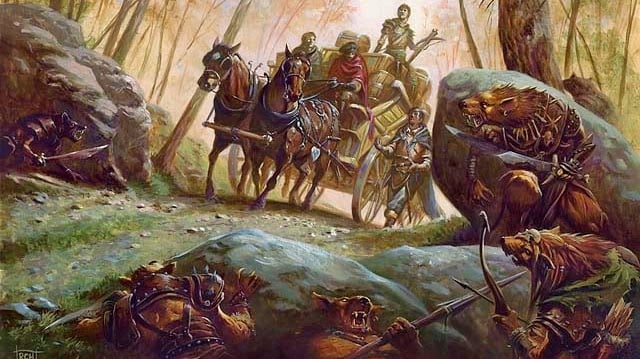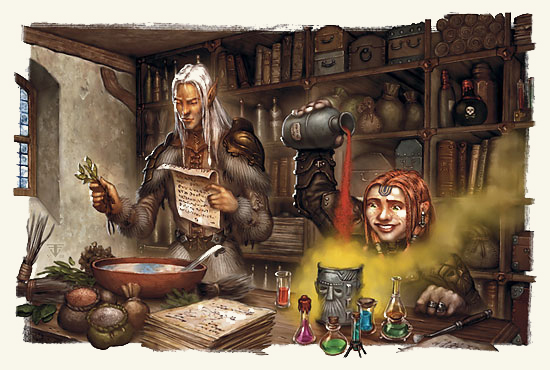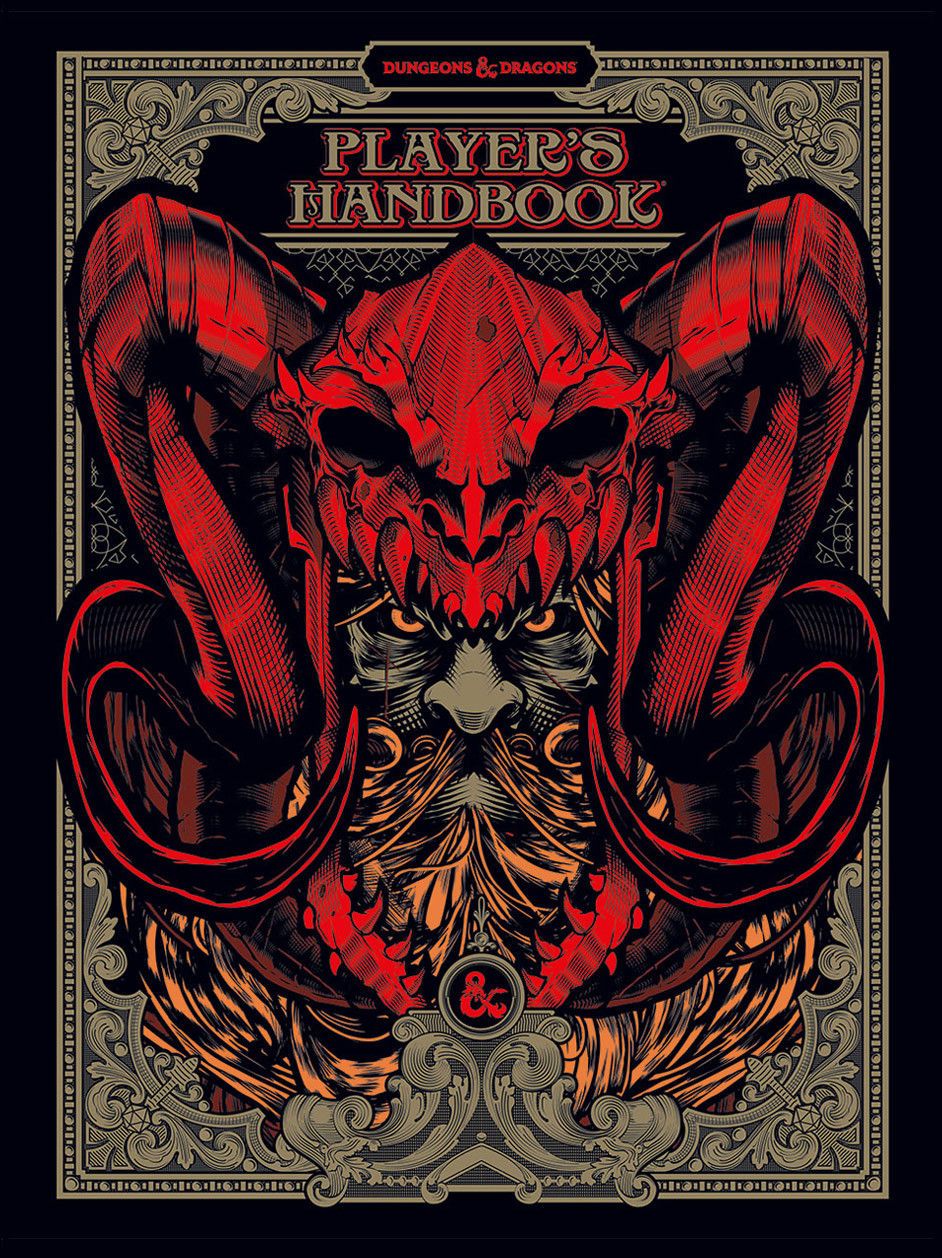D&d Variant Rules
| Questionable Arcana Crafting System | |
|---|---|
| Item Crafting Rules | Artwork Crafting Rules |
| The Artisan's Tools | |
| Alchemist's Supplies | Brewer's Supplies |
| Calligrapher's Supplies | Carpenter's Tools |
| Cartographer's Tools | Cobbler's Tools |
| Cook's Utensils | Glassblower's Tools |
| Jeweler's Tools | Leatherworker's Tools |
| Mason's Tools | Painter's Supplies |
| Poisoner's Kit | Potter's Tools |
| Smith's Tools | Tinker's Tools |
| Weaver's Tools | Woodcarver's Tools |
| Other Homebrew Rules | |
| Critical Hit Charts | Wild Magic |
| More Martial Actions | D&D Drinking Game |
- D D 5e Variant Rules
- Dnd 5e Variant Human Rules
- D&d Variant Rules Game
- D D 5e Variant Rules Homebrew
- D&d Variant Rules Meaning
- Skip and go to davidjeremiah.org.
- Accident Fund offers workers’ compensation insurance policies, loss control consulting, and risk management services to businesses. We promote workplace safety.
For this month’s Unearthed Arcana, we’re showing off a few variant rules that you can use in your campaigns. Up for discussion are the options of having the players make all the die rolls at the table; using vitality points to better reflect the wear and tear a character suffers during combat; and creating a customized alignment system specific to your campaign.
It has been quite a while since I touched on non-crafting rules, but now that my artisan’s tools series is in the books I think it is time to switch things up a bit.
One problem I keep running into in my campaign is keeping melee players engaged. Spellcasters have a whole pleathora of ways to kill the pacing of the sessionenemies in front of them, but for the most part your rogues, warriors, and rangers are limited to stab and shoot. I tried to remedy this in my campaign by introducing equipment that focuses on special effects instead of simply dealing more damage, but players don’t always keep these items handy.
Recognizing the need for a more universal solution I decided to do what I do best, quickly introduce a large batch of new homebrew rules to the campaign and hope for the best.
Variety Is The Spice Of (Snuffing Out) Life
The mechanics I propose below aren’t meant to be especially powerful. Many of them involve a series of checks and trade-offs that will often result in standard attacks being the most effective course of action. However, my hope is that these options will occasionally give players a new way to handle tricky situations that lead to exciting and memorable moments.
Lastly these options are generally meant to be used by martially focused characters such fighters, rogues, monks, and rangers; however all character classes are able to attempt these techniques.

Power Strike
Action Type: Weapon attack
Range: Melee or Ranged
You put more power into your attack. Before you make an attack with a melee or ranged weapon, you can choose to take a -5 penalty to your attack roll. If the attack hits, you add +5 to the attack’s damage.


Characters with the Great Weapon Master or Sharpshooter feat have their attack roll penalty reduced to -3 when using weapons impacted by their respective feats.
Behind The Screen: Power Strike
My main concern with including this technique was stepping on the toes of the Great Weapon Master and Sharpshooter feats. I was less worried about Sharpshooter since the ability to shoot through up to 3/4 cover alone makes that feat worth the price of admission, but Great Weapon Master really leans on the ability to deal crushing blows.
The way I worked around this was to simply introduce a clause for those two feats stating that selecting those feats reduces the power strike penalty. Furthermore, I tweaked the hit penalty so the feat enhanced power strike would have a 1.66 damage/penalty ratio, which is less than the standard damage/penalty ratio of 2.00. This way both options remain viable depending on the situation.
Staggering Strike
Action Type: Weapon attack
Range: Melee or Ranged
You try to disrupt the movement of your target while attacking. Before you make an attack with a melee or ranged weapon, you can choose to take a -3 penalty to your attack roll. If the attack hits the target must roll a DC 12 strength savings throw, on failure they are staggered and their movement speed is reduced by 10 until the end of their next turn. If your target’s maximum movement speed is reduced to 0 as the result of a staggering strike then they are knocked prone. Once a creature is knocked prone their movement is restored.
Enemies who cannot be knocked prone are unaffected by staggering strikes.
Behind The Screen: Staggering Strike
The technique actually went through a couple of iterations. It went from knocking the target prone, to halving movement on hit, until finally the combo platter of a flat movement decrease combined with a potential knockdown. I felt that the first two iteration were a bit too powerful, especially the knockdown variant which really stepped on the shoes of the Battle Master Fighter’s trip attack. In the end I think this is a fairly compelling combat option in the right situation, but I might end up tweaking the penalty up a bit if it is used too often.
Tackle
Action Type: Action
Range: Melee Only
D D 5e Variant Rules
You can attempt to knock over and grapple your opponent in one powerful motion. After moving at least half of your standard maximum movement in a straight line towards your target you can attempt to tackle your target by rolling an unarmed attack roll.
If the attack hits you then try to knock the target over with your body by making a tackle check, a Strength(Athletics) check contested by the target’s Strength(Athletics) or Dexterity(Acrobatics) check(the target chooses the ability to use). If the target is the same size as you, they have disadvantage when rolling a strength or dexterity check. Creatures one size larger have a standard Strength check, and creatures one size smaller have a standard Dexterity check. You cannot tackle a creature that is two size classes bigger or smaller than you. If you succeed your tackle check then both you and your target are knocked prone, and your target is subjected to the grappled condition.
When you attempt to tackle, your target is able to use their reaction to perform an attack of opportunity on you. The attack of opportunity is assessed before the tackle attack hits.
Characters with the Grappler feat roll their tackle checks with advantage.
Characters with the Tavern Brawler feat are able to tackle as a bonus action.
Behind The Screen: Tackling
This is actually the first new attack variant I wrote. I was always really frustrated by the fact that there was no clean way to use what is probably the most commonly used take down technique in the real world. You COULD do a shove/grapple, but that never made sense to me because in reality even an unskilled person can throw their weight at something and successfully tackle it fairly reliably.

My main concern with codifying this was to make sure it wasn’t too powerful. I addressed this by requiring a hit check, an ability check, and subjecting the tackler to an Attack of Opportunity. Even with these in place I still believe tackling is an attractive choice in many situations, but it comes with the trade-off of a reasonable chance to fail, and a good chance to feel some pain as a result of it.
Throw
Action Type: Action
Range: Melee Only
You can attempt to throw a target. If the target creature is one or more size classes smaller you can throw the creature after grappling them with one hand. Creatures of the same size require you to grapple a target with both hands before a throw can be attempted. A throw requires you to make a Strength(Athletics) check contested by your target’s Strength(Athletics) or Dexterity(Acrobatics) check. If you succeed you throw the creature in a direction of your choosing. You cannot throw a creature of a larger size class.
You can throw a same-sized create up to ([Strength Modifier x 5] – 10) feet. This means that you need a minimum strength score of 16 to toss a same-sized creature 5 feet. When throwing a smaller creature your Strength Modifier is multiplied by two for every step down in size class.
Example 1: An Orc with 19 strength is throwing a half-ling. He can throw the half-ling up to ([2(Size Difference)x4(STR Mod)x5] – 10) = 30 feet.
Example 2: An Ogre with 19 strength is throwing a half-ling. He can throw the half-ling up to ([3(Size Difference)x4(STR Mod)x5] – 10) = 60 feet.
The thrown creature is treated as an improvised weapon that deals 1d6 per 10 feet thrown(rounded down) bludgeoning damage, to a maximum of 20d6, to both the thrown creature and the creature that is hit. Creatures hit by a thrown creature at least one size class smaller have resistance to the attack.
Characters with the Grappler feat have advantage on their throw check.
Behind The Screen: Throw
I actually had a pretty hard time with this one. The act of throwing a creature is already a fairly complicated affair, and is made even more complicated if the creature is unwilling. The relationship between the size and strength of the thrower and the throwee nearly resulted in me creating a throw table, but I ended up backing away from that approach.
Instead I opted for a formula that takes the Strength and Difference in Size into account. Using this video of the Guinness World Records furthest throw of a person as a rough benchmark for a person with 20 strength(the person was thrown 5.4 meters or 17.71 feet) I created the formula to throw a same sized creature.
Once the formula was established I was actually pretty happy to see that most other examples seemed to pass the eye test. From there I added the addendum that a creature only needed to use one hand to throw a creature of a smaller size class, and the rules were complete!
I especially like these rules because the double grapple requirement makes this an attractive choice for unarmed fighters, and introduces a solid set of tradeoffs for weapon specialists.
Lastly if a character is subjected to a condition that would allow a smaller creature to throw a larger one(maybe magically augmented strength), then simply set the throwing creatures “effective throwing size” to an appropriately larger size class while the creature is affected by the condition.
Subdue
Action Type: Action
Range: Melee Only
You attempt to choke out a creature. If you are able to grapple a target with both hands, meaning you succeed two consecutive grapple checks without the opponent breaking your grapple, you are in a hold and able to attempt to Subdue your target. Subduing your target requires you to make a subdue check, a Strength(Atheletics) or Dexterity(Sleight of Hand) check(you choose the ability to use) contested by your target’s Strength(Athletics) or Dexterity(Acrobatics) check(your target chooses the ability to use). If you succeed the target is knocked unconscious for 1d4 turns. A subdued target immediately becomes conscious if they take any damage or receive any healing.
A subdued target suffers one unit of exhaustion, up to a maximum of one level of exhaustion.
Characters with the Grappler feat have advantage on their subdue check.
Behind The Screen: Subdue
Dnd 5e Variant Human Rules
I always thought that it was kind of weird that there was no way to “sleeper hold” somebody in D&D. Given that knocking someone out with a sleeper hold usually only takes about 5-10 seconds, balancing this skill was a little tricky.
D&d Variant Rules Game
I originally thought about messing around with a “temporary damage” system, but ended up going with an approach that turned this into a sleep spell of sorts. I had concerns that being able to knock out a target could be a bit overpowered, but putting the ability behind 3 consecutive contests turns it into a fairly niche ability.
Overkill and Flourish
Action Type: Action
Range: Melee Only
You can attempt to brutally strike down your opponent out of hopes of weakening the resolve of nearby enemies. When you attempt to overkill a target you impose a -5 penalty to your attack roll, but if you land a killing blow on your target all enemies nearby take notice of your brutal attack. After your target is killed you attempt to unnerve nearby enemies by making a flourish check, a Charisma(Intimidate) check contested by the target’s Wisdom(Insight) check. If you succeed, the subject becomes frightened of you until the end of your next turn.
Overkill is an action with a single weapon attack. Any characters with the “Extra Attack” ability that want to use Overkill forfeit their extra attacks for that turn.
When you attempt to overkill, your target is able to use their reaction to perform an attack of opportunity on you. The attack of opportunity is assessed before your attack hits.
Behind The Screen: Overkill and Flourish
Older DMs often encourage newer DMs to have their player “describe how they kill the creature” when a killing blow is landed. I agree that this is a great way to get a player involved in the game, but one of my concerns is that the descriptions start to lose their effect as they are repeated over time.
My solution was to create an attack type that made these stylized kills more difficult, but mechanically relevant. I think the hit penalty and attack of opportunity mechanic creates a great balance between risk and reward. This new balance makes flourishes more rare, but much more impactful in-game and out.
Final Thoughts
I believe that including these additional rules in your game will not only help get the martial characters at your table more involved, but will also help the DM spice up creature combat. For example an encounter with a Giant Ape goes from a tank and spank encounter to one where the ape is tossing around party members like rag-dolls, scattering them around the field.
As always the DM has final say regarding what the final rule set is, but I think you would be doing everyone a favor if you you pushed for a more robust set of martial actions.
| Back to The Top | |
| Coming Soon… | |
| D&D Homebrew - Latest Arcana | Campaign Journal - Latest Chapter |
| All Arcana | |
D D 5e Variant Rules Homebrew
The Latest G^G Articles
D&d Variant Rules Meaning
- Kingdom Come Deliverance – Hardcore Mode 03: HomecomingDecember 1, 2020
After some tense diplomacy, Talmburg avoids a clash with Sigusmund's army. However, Henry is trapped within the keep's walls and needs to find a way out so he can return to Skalitz and bury his parents.
[…] - Kingdom Come Deliverance – Hardcore Mode 02: RunNovember 28, 2020
Weems kicks off his adventure in 15th century Bohemia by dutifully executing his duties for his liege. In other words he runs around doing fetch quests for his dad.
[…] - Kingdom Come Deliverance – Hardcore Mode 01: Skalitz Before The StormNovember 25, 2020
Weems kicks off his adventure in 15th century Bohemia by dutifully executing his duties for his liege. In other words he runs around doing fetch quests for his dad.
[…] - [G^G] November 2020 Update – Life Comes At You FastNovember 7, 2020
18 months, and many sweeping career changes later I'm back! But for how long? I guess we'll find out...
[…] - Satisfactory Early Access – Episode 11: Caterium, Supercomputers, and Geothermal PowerMay 16, 2019
After some offline exploration, I found a new type of ore called Caterium that gives us access to all manner of advanced electronics!
[…] - The Tanius Campaign Journal – Chapter 29: Stone Cold RedemptionMay 8, 2019
The Syndicate's second trip into the dig site ends with a glorious battle, and an unusual resolution.
[…]
